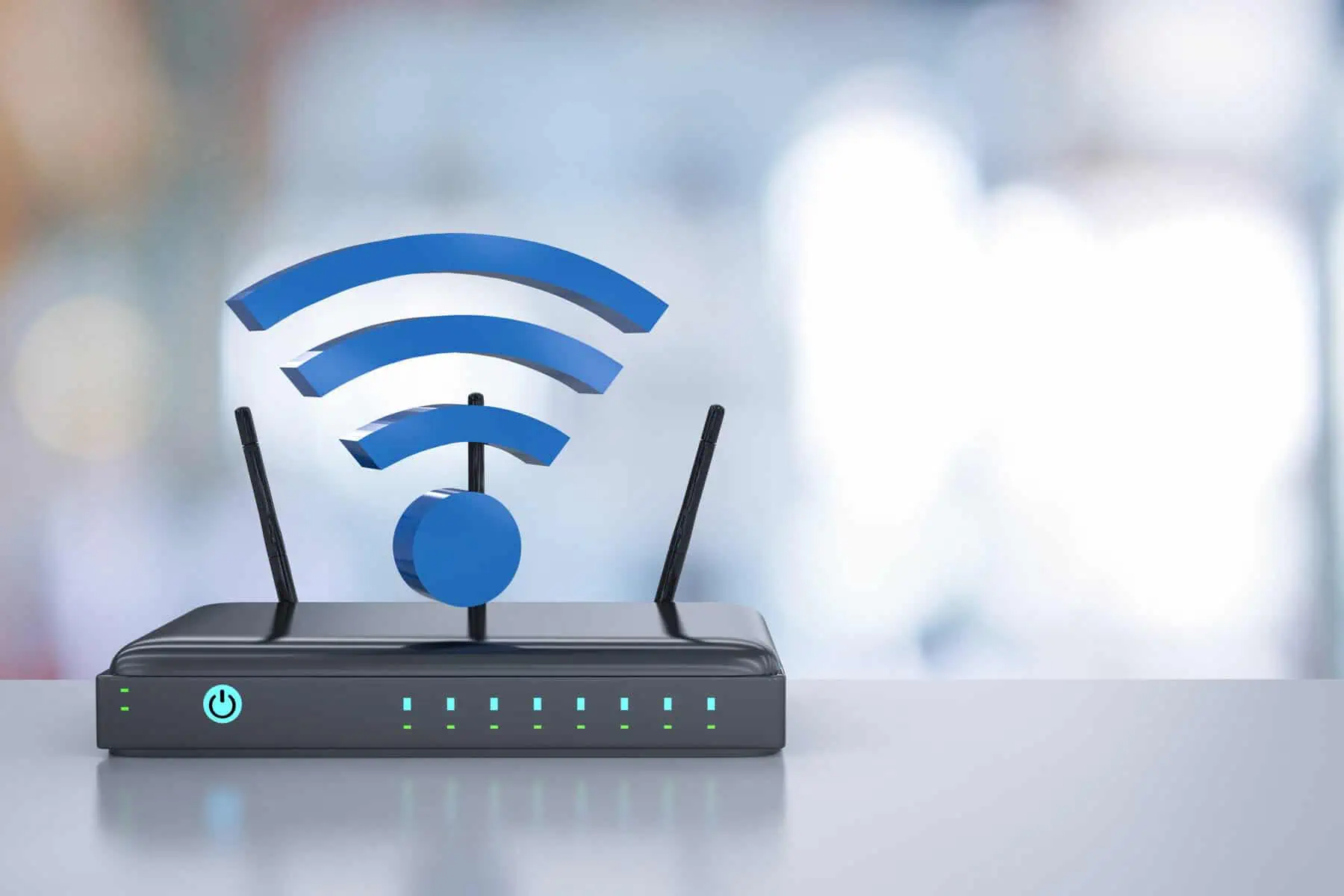While Wi-Fi 7, being the latest and fastest Wi-Fi, is getting all the attention, an emerging wireless technology called Wi-Fi HaLow could shake things up.
Wi-Fi HaLow: the new wireless network that promises to shake things up!
Wi-Fi HaLow is a wireless technology specification that is based on the IEEE 802.11ah protocol. It was first introduced in 2016 and works at sub-1GHz frequencies, unlike traditional Wi-Fi 5, Wi-Fi 6, Wi-Fi 6E and Wi-Fi 7 protocols, which use 2.4GHz, 5GHz and 6GHz.
Because lower frequencies can travel greater distances, Wi-Fi HaLow can provide connectivity up to a kilometer and even further in the case of a line-of-sight connection. However, using a lower frequency also means it has narrower channels and a lower bandwidth. This results in slower data rates. Still, it can deliver data speeds of 150 Kbps over longer distances and up to 86.7 Mbps over shorter distances.
It is not a replacement for traditional Wi-Fi standards. Instead, it’s designed to complement existing Wi-Fi protocols and provide connectivity to devices over a greater distance without the need for wireless extenders, multiple access points, and complex wired connections. IoT devices, smart city projects and mesh networks will benefit most from this standard.
How does this system differ from traditional Wi-Fi?
Traditional Wi-Fi protocols have seen the biggest advances in wireless speed and latency. But signal range suffered in this race for speed. Wi-Fi HaLow is an attempt to address this glaring gap in the Wi-Fi capability set, especially in a world where IoT devices are growing exponentially and need a reliable way to stay connected to each other and the Internet. .
So, as mentioned, HaLow Wi-Fi offers much better transmission range than conventional Wi-Fi. But most importantly, its use of a lower frequency means it is better at penetrating barriers such as walls, similar to how 2.4GHz Wi-Fi offers better signal range and wall penetration than than the 5GHz and 6GHz Wi-Fi bands.
HaLow also consumes much less power, as it can maintain itself in a significantly lower power state thanks to the various sleep modes defined in the 802.11ah specification. Thus, it can serve battery-powered devices such as sensors, wireless security cameras and others and help them run for months and even years without needing to replace or charge the battery.
Another advantage of Wi-Fi HaLow over traditional Wi-Fi is its ability to connect to more than 8000 devices simultaneously, compared to 2007 devices for Wi-Fi 6.
How will it benefit you?
Wi-Fi HaLow has the potential to benefit a variety of use cases. But regular home users will see the biggest impact on smart home devices, IoT and mesh networking systems. With almost all home devices becoming smart and requiring wireless access for connectivity, the 2.4 GHz wireless band experiences the most congestion as it can only have three non-overlapping channels.
Hand holding using mobile smartphone with wifi icon. Idea for business communication social network.
But HaLow Wi-Fi works on a completely different frequency than conventional Wi-Fi. This way you can have more than 26 non-overlapping channels. As a result, the chances of interference and congestion are almost negligible. That is unless you have thousands and thousands of devices competing for connectivity.
Plus, its extended reach allows it to serve IoT and smart home devices from a single access point across large properties. So, for example, you might have a single router or a mesh system covering your main residence. This is to serve high bandwidth devices. But with HaLow Wi-Fi also thrown into the mix, the same router or mesh system can also cover sensors, security cameras and other relatively low-bandwidth devices around the property perimeter, outbuildings, guest houses and other parts of the property. property. This eliminates the need to wire the entire property or install additional network nodes or Wi-Fi extenders to provide expanded signal coverage.
How can you get HaLow Wi-Fi?
Like any new generation Wi-Fi, you need your wireless router and device to support Wi-Fi HaLow to get its benefits. Unfortunately, adoption of HaLow Wi-Fi has been slow, but with interest growing, we should see more devices with this Wi-Fi specification in the future.
Unfortunately, your existing wireless router or device will not be able to take advantage of the benefits of HaLow. This is through a firmware update, as it requires new hardware. This is similar to how Wi-Fi 6E routers or client devices are unable to gain Wi-Fi 7 access with a software update.
2024-02-11 19:03:33
#WiFi #HaLow #wireless #network #promises #shake


